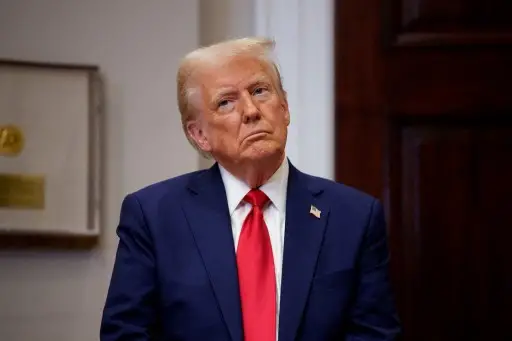WASHINGTON, D.C. – A piece of history disappeared from the streets of the nation’s capital this week as workers quietly erased the massive “Black Lives Matter” mural that once stretched across a roadway near the White House. The mural, originally painted in 2020 at the height of nationwide protests, had served as both a political statement and a symbol of solidarity.
The decision to remove it has sparked debate, with some viewing it as a routine city maintenance effort and others seeing it as an attempt to erase the legacy of the protests. City officials have remained vague about the reasoning behind the removal, offering only that “Washington is evolving, and our focus is on the future.”
The move comes as political shifts in Washington bring new priorities. Since returning to office, former President Donald Trump and his allies have sought to dismantle policies and symbols associated with the racial justice movement. While the White House has not commented on the mural’s removal, the timing has led many to believe it is part of a broader effort to reshape the city’s political landscape.
Community reactions have been mixed. Some residents expressed frustration, calling the removal an insult to the movement the mural represented. “This isn’t just paint on pavement,” said one onlooker. “It was a reminder that voices were heard here.” Others argue that the mural had served its purpose and that the city should focus on concrete policies rather than symbolic gestures.
The fate of other protest-era installations across the country remains uncertain, as debates over the role of public art in political discourse continue. For now, Washington’s streets look a little different, and for many, a little emptier.






